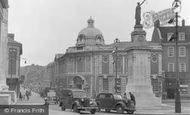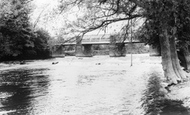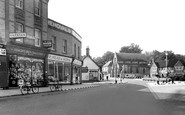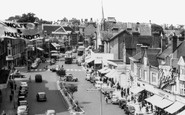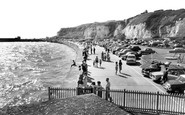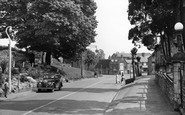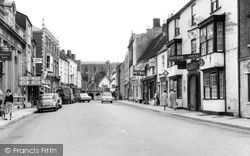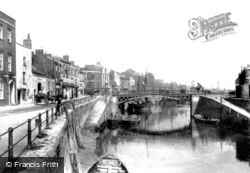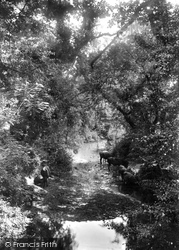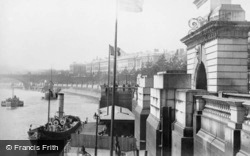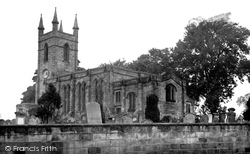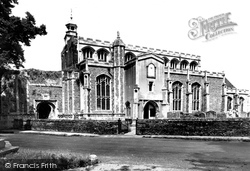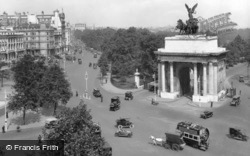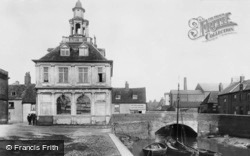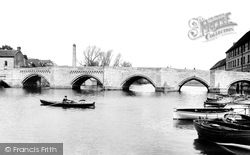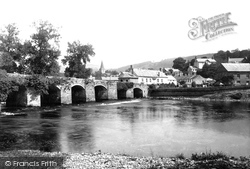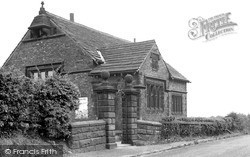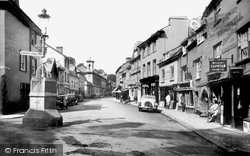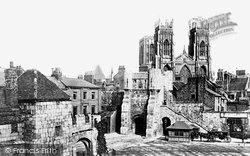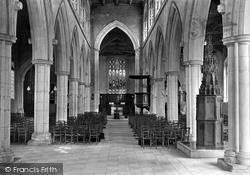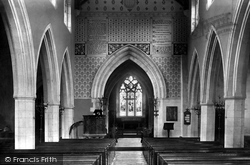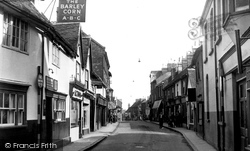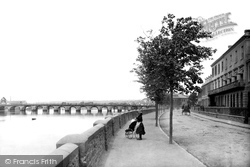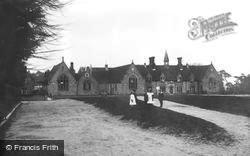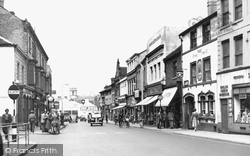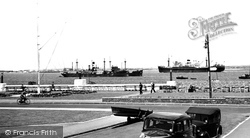Places
Sorry, no places were found that related to your search.
Photos
5 photos found. Showing results 321 to 5.
Maps
83 maps found.
Books
Sorry, no books were found that related to your search.
Memories
1,127 memories found. Showing results 161 to 170.
The Teachers.
The lovely talented and sophisticated Miss Bartlett took the youngest class. I think she may have been to art school cos she drew a Spanish Conquistador (complete with sailboat steel helmet) in coloured chalk on the blackboard, dressed ...Read more
A memory of Luton
The Rope Swing At The Leighton Bridge
I remember spending many a summer swimming at this spot. Then they seemed to be long hot summers but maybe that's the memory loss of an older man. I noticed that the rope was stiil hanging from the tree which ...Read more
A memory of Welshpool by
The Other Side Of Hyde Road
We had long warm summers with some rain and all the children could play together without too much bickering, our little group lived in a small area from Wren Street to Ashmore Street. Not all the kids went to St Marks ...Read more
A memory of Gorton in 1948 by
The Old Cinema
We moved to Egham in about 1955. My father had been born in Medlake Road in 1920. We lived in Oak Avenue, Egham Hythe in a house built in the 1930s. I attended Egham Hythe Infants and Primary and later Magna Carta (on both its sites ...Read more
A memory of Egham in 1960 by
The Hospital Where I Was Born During The 1943 Blitz
I live in San Diego (America). My birth certificate says that I was born at the Redhills Hospital. My parents were living in Camden, this was during the war in Feb. 1943. I can't find any place now with that name. I would very much like to know where I was born - can anyone help?
A memory of Bromley in 1943 by
The Horse Shoe Bite
The small sandy beach at Newhaven was known as the horse shoe bite. It was completely covered at high tide, but as the water receded, it exposed fine golden sand, ideal for making castles and getting in your sandwiches. A row ...Read more
A memory of Newhaven in 1960 by
The Great Life In Waltham Cross
The Great Life in Waltham Cross Life in Waltham Cross started for me in 1936, I was six years old and my father had just completed 25 years of service with the Royal Navy, we actually stayed with my father’s ...Read more
A memory of Waltham Cross in 1930 by
The Glorious Days Of Our Lives
Memories for Wrottesley Park...The glorious days of our lives I was born in 1953, my parents came over after the Second World War. There was a little community of foreigners. Our family's name was ...Read more
A memory of Wrottesley Park by
The Farm On The Hill
I began my life's journey at Ty Gwyn farm in 1951 just before my 2nd birthday. I even remember climbing.the stairs at 1year 10 months. I would walk down Penywern Road to the Wern school. I remember standing on a chair in ...Read more
A memory of Ystalyfera in 1954 by
The Best Years Of My Life
Happy memories indeed. For an eight year old living in the village in the mid 1950s it was heaven. Long summer evenings and school holidays playing in woods, open fields and on building sites. Or cycling (yes at ...Read more
A memory of Earls Barton in 1955 by
Captions
1,233 captions found. Showing results 385 to 408.
Also on the right is the arched coach entrance to the George Hotel.
The main port lay north of this point, since a medieval three- arched stone bridge blocked the further passage of tall craft upstream along the River Parrett; even in the early 20th century,
Bathpool is now very much a suburb of Taunton, with the spread of the Somerset town on one side and the M5 motorway on the other.
Bazalgette also designed the Temple Pier and its arch of 1868.
Though St Mary's contains a Norman chancel arch, much of the building dates from John Dobson's restoration of 1828-29.
The western tower was started later in 1525 with a stone base and, as at nearby Dedham, a vaulted ground floor with processional arches in the north and south sides.
The arch of this impressive monument was originally crowned by Wyatt’s colossal equestrian statue of the England’s military darling, the Iron Duke.
Spanning the narrow street of this hill-top village, which rests high on the chalk uplands overlooking the River Nar, is this monumental arch, ancient gateway to the castle, which lies ruinous close by
It began life as the Merchants' Exchange, with an open-arched arcade on the ground floor. This was blocked in 1718 when the building was converted for use as a Customs House.
The arch of this impressive monument was originally crowned by Wyatt's colossal equestrian statue of the England's military darling, the Iron Duke.
The stone, six-arched bridge was built in 1332, and was only superseded in 1975 when the new bypass flyover was built.
It is a curious fact that the side shown in the picture has thirteen arches, whilst the other side has one fewer.
Viewed from the west, the façade of the west front is dominated by the Great West Window and the Triple Arch Door.The west front of many cathedrals were intended to be showpieces.
Built in 1877 for a much smaller community, its facilities had failed to keep pace with its teaching standards.
The building on the right with the granite arch is now A R Church, an ironmonger's, but was once the Mermaid Inn and played host to the Parliamentarian General Fairfax during the Civil War.
The stone-arched building on the right was the postern tower built in 1497 on St Mary's Abbey walls; it is now an office for First York Buses.
A huge iron chandelier now hangs from the central arch.
Victoria Bridge, on the Severn Valley railway line from Bewdley to Bridgnorth, has a span of 200 feet; when it was built in 1862, it was considered the largest cast iron single arch bridge in the world
The stencil work and texts above and around the chancle arch, including the Ten Commandments, are now hidden by modern paintings of 1970 by John Ward showing scenes from the Holy Week and creating a more
In this photograph we head north-east out of Market Square along Cambridge Street, once known as Bakers Lane, a road that haas seen much change since the 1950s.
Its 16 arches vary in size, a fact that is traditionally attributed to the varying lengths of the timber used as scaffolding during its construction. It has been widened several times.
Later all the decorative work - finials, dormers, chimneys and belfry - was removed, leaving a much plainer facade, but the school survived until 1990, afterwards being adapted as Chequer
However, restoration work was carried out between 1854 and 1875, saving the Norman nave and chancel arch. The Norman-style font actually dates from 1856 and the reredos from 1910.
Moving into the Thames Estuary, the river passes Erith, a much rebuilt and rather forlorn remnant with its medieval church of St John the Baptist; the town is now joined by development inland to Bexley
Places (0)
Photos (5)
Memories (1127)
Books (0)
Maps (83)

